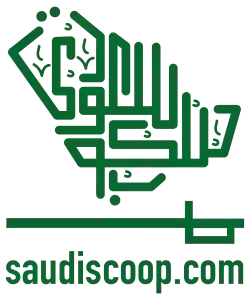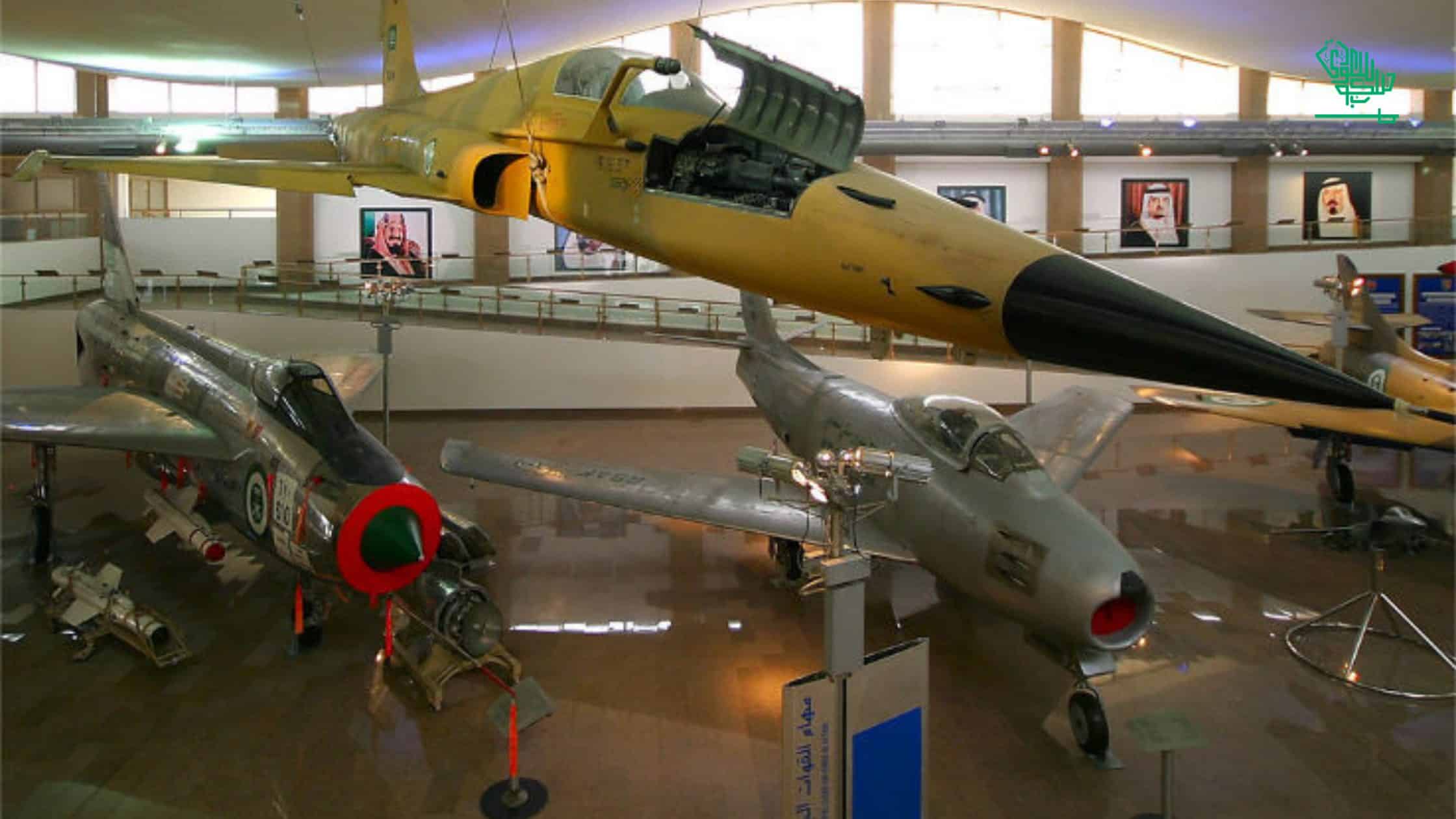The amazing discovery of the ancient settlements under Shuweihtia village made a remarkable history in the world.
The first humans appeared in Africa about 6 to 7 million years ago, with ‘humans’ rather than just animals starting to walk on two legs. The first primitive homo sapiens (much closer to modern humans) appeared quite a few years after that, about 3 to 4 million years later. They lived in Africa until then. Only after the species advanced a lot more did they migrate to Asia. Particularly in the Middle East region. It was only about a matter of time until we found pieces of evidence of this, and now we have. Archaeologists have finally discovered the remains of an ancient settlement under a village in Jouf.
The Sites and Settlements
Quite a few rural settlements surround Sakaka City, the administrative capital of Jouf. About 45 km north of Sakaka lies Shuweihtia Village, a quiet, unseemly village with nothing defining it. That is, until now. Archeologists have discovered the remains of a settlement dating back 1.3 million years under the town. All of this suggests that it was one of the first settlements in Asia before our sister species from Africa had arrived.
Scientists have only confirmed these findings since then. Official statements declare the site as one of (if not the) the oldest settlements in Asia and the second oldest worldwide. Written sources suggested the existence of a site in the area. The site flourished particularly during the Assyrian and Babylonian eras, further solidifying the hypothesis. Despite it all, the site was not considered until the discovery of stone tools along the outskirts of the village.
Research and excavation soon followed the finding of tools. At first, scientists only found a few settlements below the surface, echoing ancient humans who existed years ago. Upon further digging, more sites showed their existence. The excavation revealed the existence of 16 settlements and 200 stone tools. This was along with the site of the village till the Wadi Wasseh. Knives, hammers, arrowheads, different polyhedral and spherical tools, which might be containers. All suggested the existence of a joint habitation of humans—a pack, maybe a tiny village.
Discovery Of Stone Tools
Archeologists only furthered the idea that this was a permanent settlement and not just a camp with the discovery of stone tool manufacturing sites. After defining the type of settlement, it was time to figure out the nature of the stone tools.
These tools were responsible for finding food water, making shelter, fire, containers, and all that was needed. Upon further research, these fossils and tools were revealed to be from the Paleolithic Era in the Stone Age. This proves the site to be the first in the Arabian Peninsula.
Conclusion
It is strange to consider that people so long ago existed just as we do now. They had food and water and hunted and told stories. The village elders would command respect, and children would run around being every bit as joyful as they are now. Even after years pass, the human condition remains the same. Everyone wants community, family, and to be remembered.
This is only proven more so with sites that have printed handprints on them, the ancient equivalents of carving your name on a school desk or spray painting your initials on a wall. Through the generations, we have screamed, ‘I am here! I existed!’ and we still do. We crave to leave a mark; we crave to be remembered, to be immortalized in stories. Even though it is as if we will never be remembered by name, certainly the ones before we weren’t, we as a community will be.
We may not know the Shuweihtia Village’s inhabitants by name, but by their homes, we know them by their tools. They could leave to reach us through time, to tell us they were here. They have left joy for us to find. These damaged buildings were homes once teeming with warmth and companionship. It’s easy to imagine them as such. All anyone can hope for is that they, too, can leave a mark on this world. Maybe someone in the future will find us too, screaming, ‘I exist! I was here!’

Faisal Malik is an accomplished author and the Chief Editor at Saudi Scoop. With a passion for delivering insightful and engaging content, he leads the editorial team, covering diverse topics that resonate with readers. His expertise in journalism and storytelling ensures high-quality, well-researched articles that inform and inspire.




